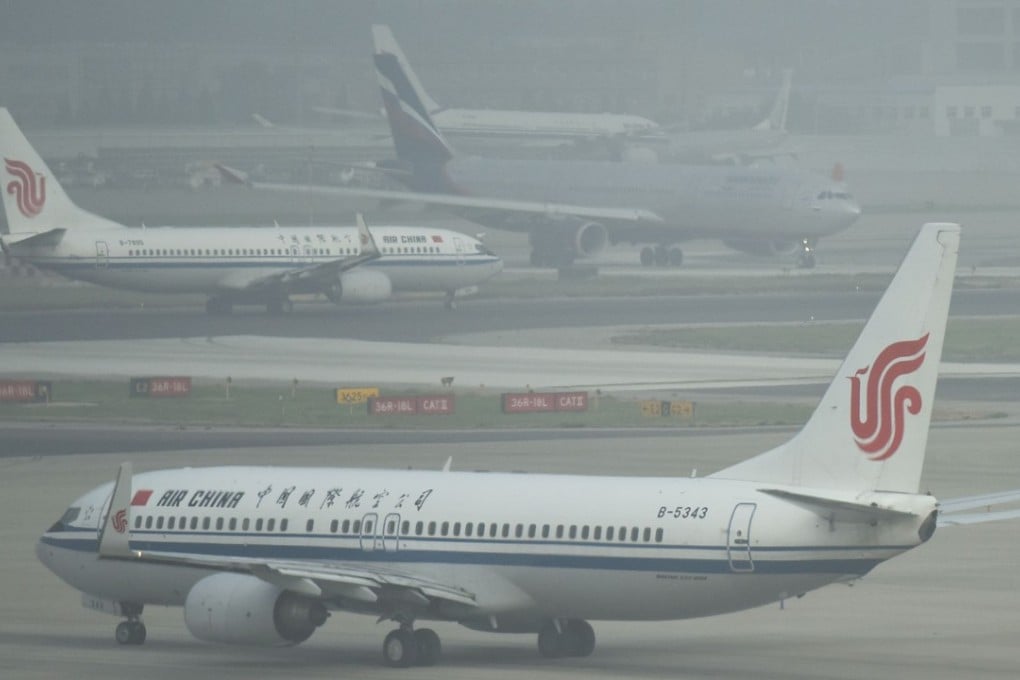Asia’s continued growth depends on tackling pollution and using resources wisely
Shamshad Akhtar and Erik Solheim say the Asia-Pacific region is reaching a turning point in which a change in approach is necessary if rapid economic progress is to be maintained

As the speed and scale of growth continues to accelerate across the region, pollution has become a critical area for action. While the challenge of pollution is a global one, the effects are overwhelmingly felt in developing countries. About 95 per cent of adults and children affected by pollution-related illnesses live in low- and middle-income countries. Asia and the Pacific produces more chemicals and waste than any other region in the world and accounts for the bulk – 25 out of 30 – of cities with the highest levels of PM 2.5, the tiny atmospheric particulate matter that can cause respiratory and cardiovascular diseases and cancer. More than 80 per cent of our rivers are heavily polluted while five of the top land-based ocean plastic sources are from countries in our region. Estimates put the cost of marine pollution to regional economies at a staggering US$1.3 billion.

If left unattended, these trends threaten to upend hard-won economic gains and hamper human development. But while these challenges appear intractable, the region has tremendous strengths and opportunities to draw from. Many countries hold solid track records of successful economic transformation. The capacity for promoting environmental sustainability as an integral pillar of sustainable development must now be developed across all countries in the region.